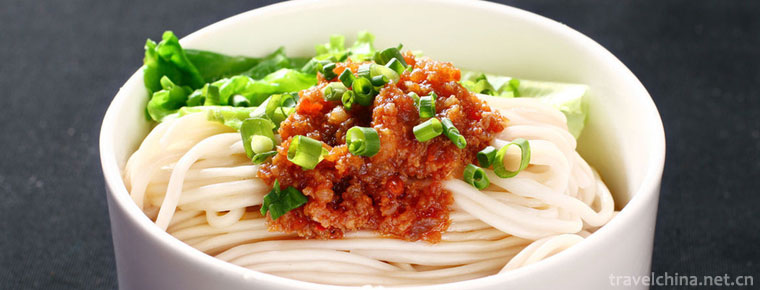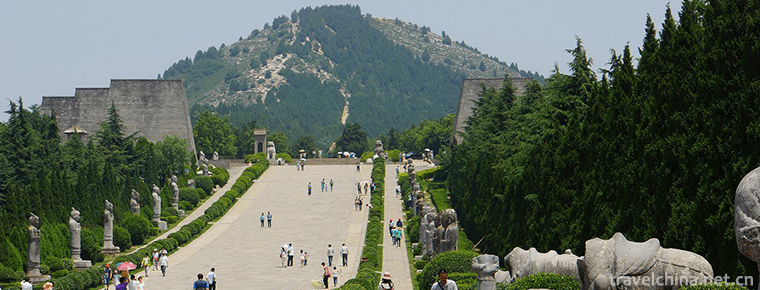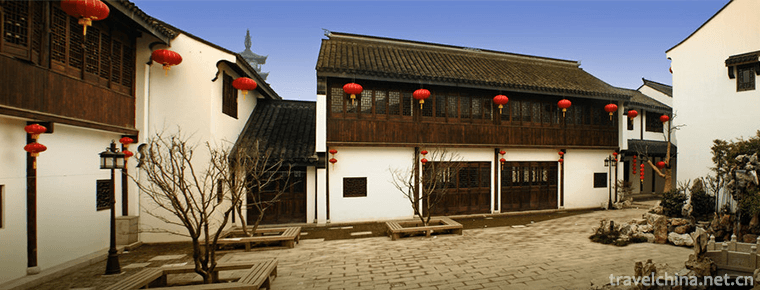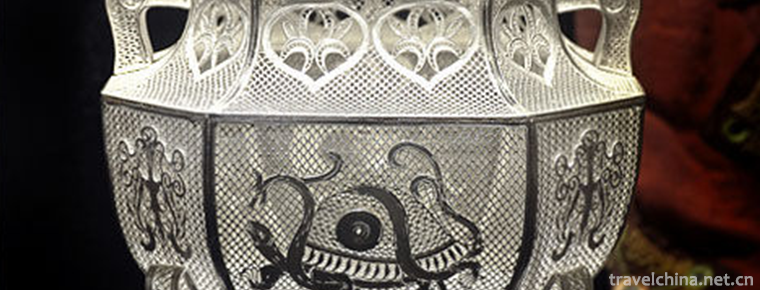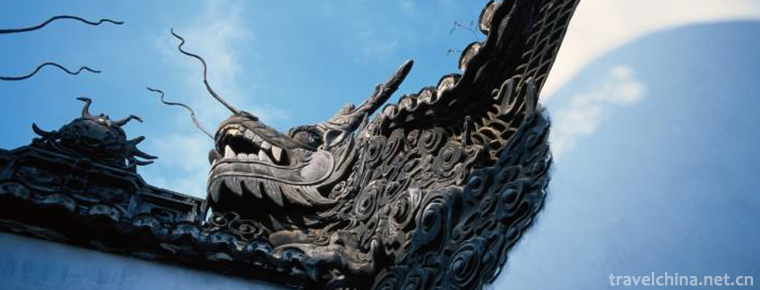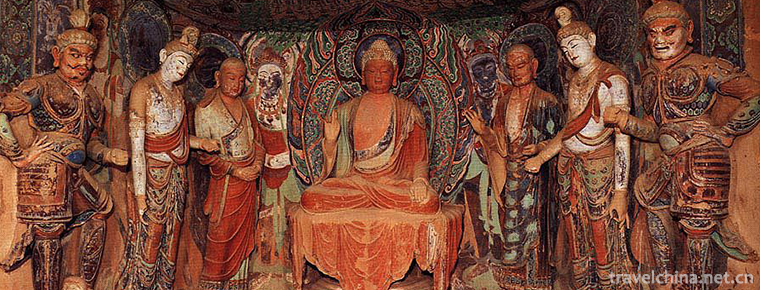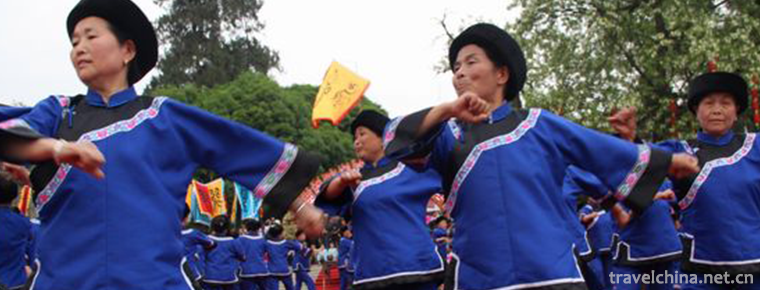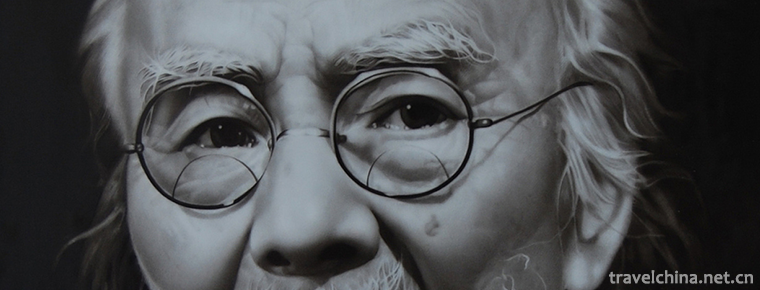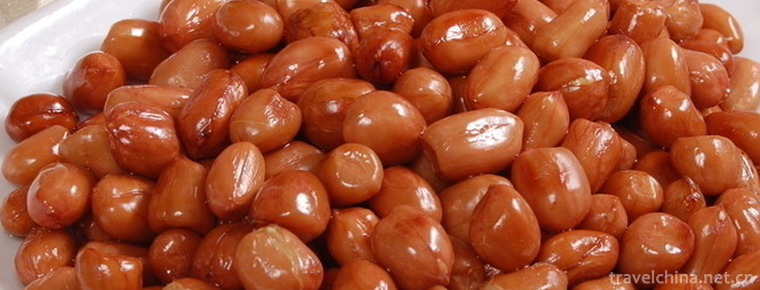Ancient plank road of Mingyue Gorge
Ancient plank road of Mingyue Gorge
Mingyuexia ancient plank road is located at the mouth of Jialing River Valley, Chaotian District, Guangyuan City. It is the starting point of national Jianmen Shu Road scenic tourism line, and is a provincial key cultural relics protection unit.
The plank road of Mingyue gorge was excavated from the Warring States period to the Song Dynasty. The earliest one has a history of more than 2300 years. Domestic experts call it "three outstanding ancient buildings comparable to the great wall and canal". In Li Bai's Shu Dao Nan, "there are six dragons returning to the sun on the top, and the shockwave and reverse fold in the lower part. It is a true portrayal of this dangerous terrain.
The Mingyue gorge, where the ancient plank road site is located, has six ancient and modern roads in one gorge, including Jialing River waterway, pre Qin plank road, Baocheng railway, qiangfu Road, national highway 108 and jinniuyi road. It is known as "China Road Traffic Museum" and "living fossil" of Chinese road traffic. It was on this ancient plank road in the pre Qin Dynasty that Xiao He renovated the plank road, Zhuge Liang went out to pray for the mountain six times, Emperor Ming of Tang Dynasty was lucky to Shu, and Li Baizhuang wrote "difficult road of Shu" and many other important historical events were staged successively, which added a strong historical and cultural accumulation to the ancient plank road.
History and culture
The world-famous ancient plank road, the great wall and the canal are listed as the three outstanding buildings in ancient China. They are the crystallization of the diligence and wisdom of the ancestors of the Shu Han Dynasty. The ancient plank road in Mingyue gorge is the most dangerous, scientific, well preserved and most ancient plank road among all the plank roads in China.
The pre Qin ancient plank road of Mingyue gorge fully embodies the three-dimensional cultural pattern of historical traffic, culture and science and technology. Its unique cultural high-grade and rich connotation make it a rare research material for scholars and a good place for nostalgic lyric and self-cultivation. Mingyue gorge was an important channel for Shu to communicate with Guanzhong and Central Plains. In the Qin and Han Dynasties, it became an important channel for the rulers to control western Qin in the north and Bashu in the south. According to historical data, the excavation of the plank road was about the end of the spring and Autumn period, to the middle of the Warring States period, has been widely used by people. It is said that Liu Bang and Xiao he settled the three Qin Dynasties in the north and entered Guanzhong through this plank road. During the Three Kingdoms period, Zhuge Liang attacked the Wei Dynasty in the north, and the Chinese army tent was also set up in the Qibi post near the Mingyue gorge. The gorge is also preserved with exquisite stone inscriptions from Song tombs, the site of Xiaohe stele, and the Ji Bi post where Zhuge Liang wrote the memorial "Hou Chu Shi Biao" during the northern expedition of Cao Wei. Many foreign friends came to Guangyuan one after another to enjoy seeing the ancient plank road. CCTV's "Shenzhou Caifeng", "Zhengda variety show" and more than 40 other TV stations produced special columns to introduce them. "People's Daily" published evaluation articles, "Romance of the Three Kingdoms", "king of Han Liu Bang", "the wreath under the mountains" and other films and TV dramas were shot on location in mingyuexia. Today, although the real ancient plank road no longer exists, but its far-reaching influence, a long history will make its name preserved in the history books, and the remains remain.
Surrounding environment
Chaotian gorge is located in the north of Guangyuan City, about 30 km away from the south of Chaotian Town, and 2 km away from the south of Chaotian town. The total length of the gorge is about 4 km and the width is about 100 m. The famous Chaotian ridge is in the East, with a depth of about 2 km. It is a canyon formed by the Jialing River breaking through the mountains. Chaotian gorge can be called the throat of Shu Road throat. It is the only channel connecting the north and the south.
Related records
"Yuanhe County atlas" records: "Jiange road from the southwest of Yichang County, Lijiang Prefecture to Dajian Town, together with today's post road Zhuge Liang, who was in charge of Shu Dynasty, chiseled the stone overhead and became a Feiliang Pavilion Road. " "Caibi Yidao wayshebei" records in detail the time, route and engineering difficulties of the maintenance of the plank road. It is an important evidence for the study of traffic roads and Zhuge Liang's Northern Expedition. In Tang, song, yuan, Ming, Qing, Republic of China and new China, the cultures in the gorge have their own characteristics, but they are all developed with the traffic road as the main body.
Poets and poets of past dynasties, such as Li Bai, Du Fu, Lu You, Yang Shen, Li Tiaoyuan and Zhang Daqian, passed through Guangyuan and left many paintings, paintings and poems.

-
The Huaming Tower Scenic Area
Huaming Tower Tourist Area: National AAAAA Tourist Area, National Key Cultural Relics Protection Unit, National Patriotic Education Base..
Views: 169 Time 2018-12-12 -
Qianling Scenic Area
Qianling Scenic Area, located in Qianxian County, Xianyang, Shaanxi Province, covers an area of 1002.71 square kilometers. Population: 580,000 (2011), postcode: 713300..
Views: 136 Time 2018-12-22 -
Zhou Qiao old street
Zhouqiao Old Street is a national AAAA tourist attraction. The old street of Ximen in Jiading is located on the west side of Bole Square in downtown Jiading.
Views: 165 Time 2019-01-21 -
Production Techniques of Silk in Chengdu
Silk is the most distinctive traditional gold and silver handicraft of the Han nationality in Chengdu. This metal craft has a history of more than 1700 years. It has reached a very high artistic level.
Views: 209 Time 2019-04-18 -
Restoration Techniques of Ancient Architecture
Ancient buildings are an important part of historical relics in China. Protecting, restoring and renovating ancient buildings is one of the important tasks in the protection of cultural relics..
Views: 108 Time 2019-05-01 -
Clay sculpture
Clay sculpture, commonly known as "color sculpture" clay sculpture art, is an ancient and common folk art in Chinese folk tradition. That is to say, a kind of folk handicraft made of clay mo.
Views: 138 Time 2019-06-07 -
Tujia Waving Dance
Hand-waving dance is an ancient traditional dance of Tujia nationality. It mainly spreads in the Youshui River and Wujiang River basin at the junction of Hubei, Hunan, Chongqing and Guizhou. It mainly.
Views: 106 Time 2019-06-23 -
Fried peanuts
Fried peanuts is a dish made of peanuts and other materials. It belongs to the family dish and serves wine. When drinking, people often choose this dish as the next dish..
Views: 315 Time 2020-03-15 -
Suining City honor
Seven Star City of public welfare and charity in China.
Views: 358 Time 2020-12-16 -
Nanchong Sports
By the end of 2019, Nanchong has 37 national youth sports clubs, 5 new national fitness routes and 1623 national fitness routes. Our athletes won 67 medals in national competitions and 288 in provincial competitions..
Views: 115 Time 2020-12-17
